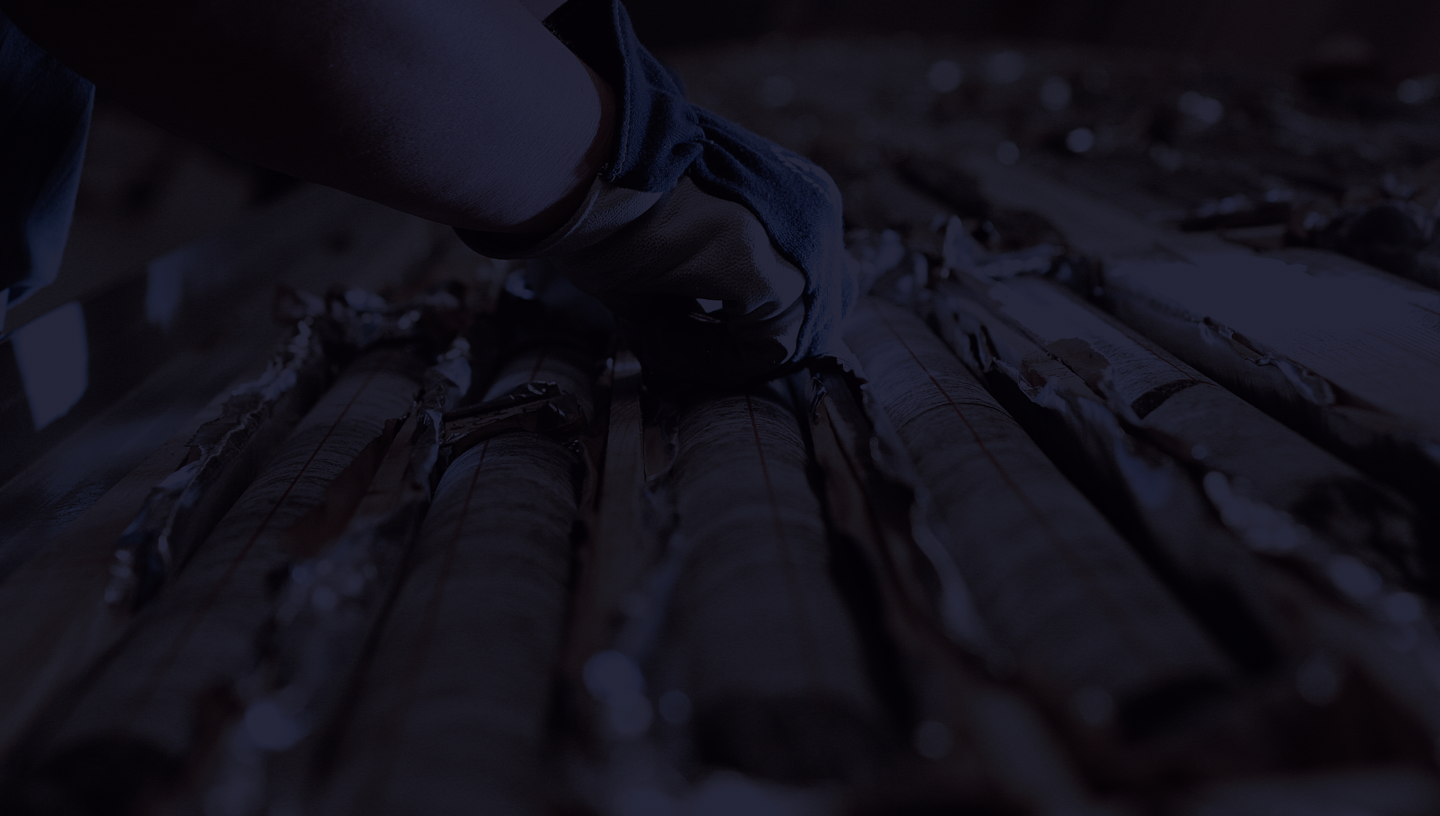Time-based data is essential for correlating downhole measurements with surface-recorded events and operational parameters that change over time. Importing this data into WellCAD enables integrated interpretation linking subsurface observations with operational timelines to support faster, more informed decision-making.
In hydrogeology, time-series data is key to understanding aquifer behaviour, seasonal fluctuations, and the impact of external factors such as pumping or rainfall. By importing time-stamped water level measurements, users can visualize groundwater responses to recharge events, droughts, or nearby extraction activities. For instance, loading data from automated pressure transducers (e.g., water level readings every 15 minutes over several months) into WellCAD allows for detailed trend analysis and correlation with other logs, such as temperature or electrical conductivity. This is crucial for identifying contamination events, seasonal drawdowns, or well recovery following pumping tests.
Similarly, in drilling operations, importing time-based mud logs or gas readings helps track formation changes or detect fluid influxes. Loading real-time surface data such as bit depth, hookload, or pump pressure enables users to identify drilling dysfunctions and optimize rate of penetration with greater accuracy.
Learn in this video how to import time-based data into WellCAD from different CSV file formats and how to effectively combine time and depth data in the same workspace.
